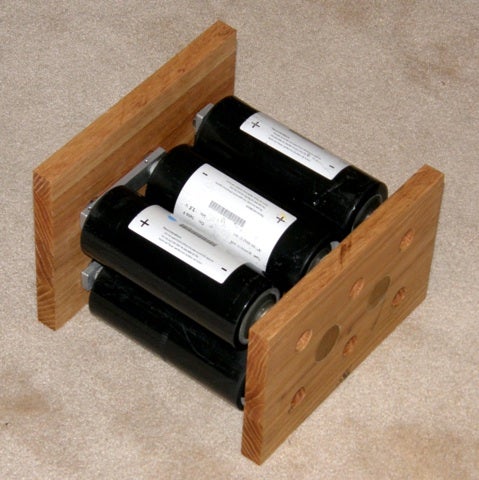while every time I get addition battery last few months


Something else is wrong then. I have 8 different UPS here, of all different sizes. Six are APC, one is Cyberpower and the one on my home theater system, the one I just put the ChomeBattery cells in, is actually a "Geek Squad" UPS from Best Buy that "appears" to be made by Cyberpower. My oldest is a 30 year old APC 900 sitting in my garage to support my garage door opener. It uses 4 x 6V 12Ah batteries. All other UPS use 12V cells.
In the past, I have been responsible for over 30 UPS of various sizes used by my work and clients.
I have never had a battery last less than 2 years, with a little more than 4 years being the average.
If yours are lasting only "months" - as in less than 1 year - then something else is wrong. Either your UPS itself is faulty, or your line/mains is faulty, abusing your UPS and its batteries. Either that, or you have very bad luck and in that case, most SLA batteries have 1 or 2 year warranties.
If you are so inclined, and have a meter, you need to measure the charging voltage of your UPS. The voltage will be determine by the way the individual cells are strapped together in the UPS.
Typically, the charging voltage will be 1 to 2 volts higher than the battery's normal output. This is why the charging voltage for your typical 12V battery is typically somewhere between 13.2V and 14.4V.
If confused about cells and batteries, note when the UPS uses 2 SLA batteries, for example, each battery becomes a "cell" used to form one "battery". If you a flashlight that uses 3 AA batteries, when inserted in the flashlight, each AA battery becomes a "cell" to create one battery. Clear as mud, huh?
You should also check your wall outlet. Every home and every computer user should have access to a
AC Outlet Tester to ensure the wall outlet is properly wired
and grounded to Earth ground. I recommend one with a GFCI (ground fault circuit interrupt) indicator as it can be used to test bathroom and kitchen outlets (outlets near water) too. These testers can be found for your type and voltage outlet, foreign or domestic, (like
this one for the UK, or
this one for German outlets) at most home improvement stores, or even the electrical department at Wal-Mart. Use it to test all the outlets in the home and if a fault is shown, have it fixed by a
qualified electrician.







